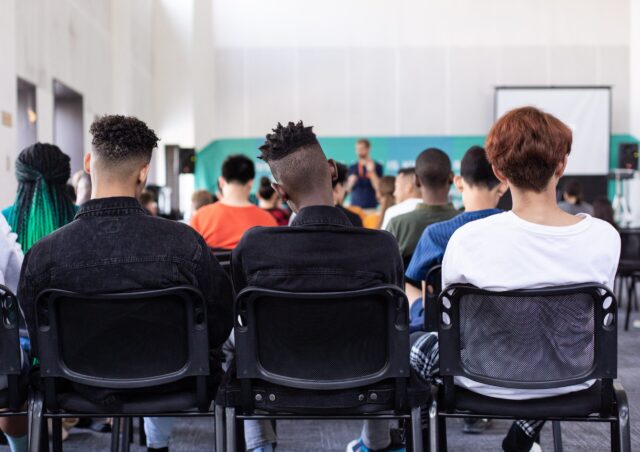At many workplaces, people come from a wide variety of backgrounds and experiences. The larger the company, the more likely that there are staff members of different races, ethnicities, religions, nationalities, and sexual orientation. There may be people of different age groups, people of widely different socioeconomic backgrounds, and people dealing with disabilities. People who have had such diverse life experiences can learn a lot from each other in a company that emphasizes diversity and inclusivity.
In any workplace, all staff members deserve to be treated with tolerance and respect. An organization’s intent may be to create an atmosphere of diversity and inclusion, but that’s not always easy to put into practice. Individuals with extremely different life experiences, worldviews, and socio-political stances may have a hard time communicating with each other or tolerating each other, which can lead to conflict. Here are three examples of diversity conflict in the workplace.
Free Consultation for Workplace Conflict
Ethnic and Cultural Differences
An unfortunate fact is that some people are openly prejudiced against other people who look different, act different, or sound different than they do. If people are hostile or create conflict with other people that are different from them because of race or ethnic background, this can never be tolerated in the workplace.
However, conflict triggered by ethnic and cultural differences isn’t always obvious. A more common scenario happens because people have hidden biases, which are negative or limiting beliefs that they may hold unknowingly.
While it’s unclear whether unconscious biases significantly impacts behavioral patterns, common sense tells us that such biases may indeed impact the way staff members relate to others. These underlying biases can cause people to have difficulty getting along with others because of subconscious objections to working with people who aren’t like them.
Lack of Acceptance of Sexual Orientation
When people are intolerant of others because of sexual orientation and have difficulty getting along because of it, it’s a form of diversity conflict. Intolerance toward others may be shown with homophobic slurs or anti-gay jokes, and this may create a hostile work environment for members of the LGBTQ community. To create an inclusive workplace, company policy should clearly state that all staff members are to be treated with respect regardless of gender or sexual orientation and that failure to do so won’t be tolerated.
Age and Generational Differences
A diverse staff includes people of a wide range of ages and generations. People of different ages may have different priorities or beliefs, which can lead to conflict or difficulty communicating. People sometimes judge each other on the basis of age. Older workers may feel younger workers have a sense of entitlement while younger workers may feel older workers should step down and open opportunities for others.
Managing Diversity Conflict
Workplace conflict can erupt for many different reasons, but managers need to identify the underlying reason for any conflict and determine if it may be related to issues with diversity and inclusivity. Regular diversity training to emphasize the importance of tolerance and acceptance of others can help staff members appreciate the different backgrounds and life experiences of people in the company.
Things to do that can help to promote an inclusive workplace include:
- Create opportunities for group conversations where employees can mix and chat
- Use inclusive language
- Create safe spaces for privacy
- Make sure the office is wheelchair accessible
- Encourage staff to provide feedback on improving inclusivity in the workplace
When hiring new staff members, employers should choose candidates based on skill and not exclude people because of age, race, sexual orientation, etc. People of widely different backgrounds can work together in peace and harmony. Hiring a diverse group of people is only the beginning. Once hired, people need to feel welcome and safe at work.

For expert help creating a peaceful and inclusive work environment, reach out to Pollack Peacebuilding Systems.



